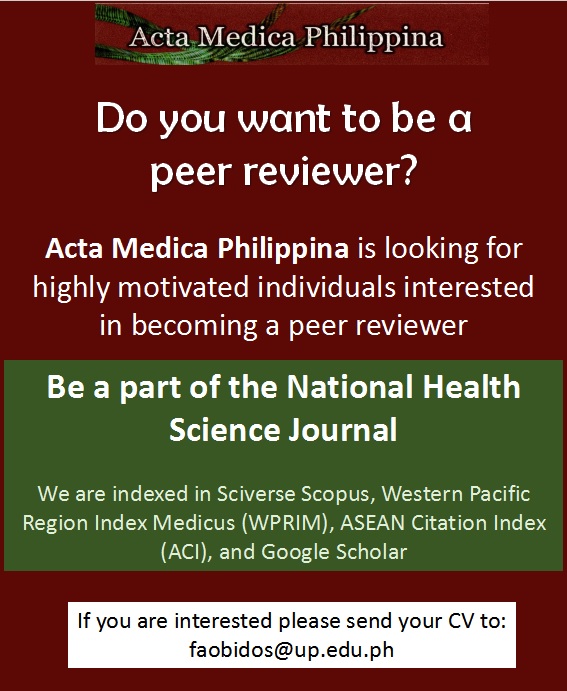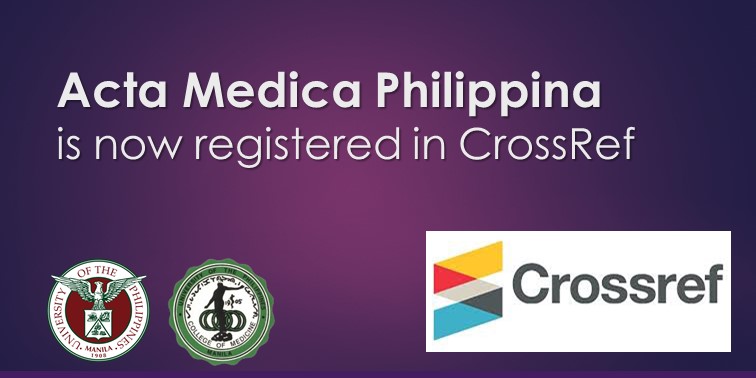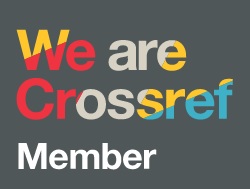A Scoping Review of Worldwide Patent Applications in Anatomical Education (2018-2022)
DOI:
https://doi.org/10.47895/Keywords:
intellectual property, patent, invention, review, anatomy, education, trainingAbstract
Background and Objective. Anatomical education utilizes mainly cadaver dissection, but it also depends on innovations such as novel preservation techniques, simulation models, and virtual dissection apps. There is no review on anatomical patents. This study aimed to review the worldwide landscape of existing patents on anatomical education to identify gaps and opportunities for utilization and further innovations.
Methods. We conducted a scoping review for inventions, utility models, and industrial design applications on anatomical education. We searched the following databases as of December 31, 2022 (WIPO Patentscope, Espacenet, and Derwent). We deduplicated the records, screened them for eligibility, and extracted information on characteristics of the patent application and applicant. We computed frequency and percentage according to country, type of applicant, number of inventors, type of patent, scope of patent, purpose of patent, organ system, status of patent, and time to patent granting.
Results. Out of 667 merged records from the initial search, we removed 312 duplicates, excluded 97 records, and included 258 reports in the review. The median number of patent applications per year was 58 (range, 32, 61). Majority of the applications were from China and USA (36.0 and 34.9%, respectively), national in scope (62.8%), industry as applicant (49.6%), inventions (77.5%), usable beyond anatomy (70.9%), physical models (53.1%) and with pending status (63.6%). The median time to granting for 65 patents was 316 days (range, 40 to 1568).
Conclusion. For the period 2018-2022, there were 258 patent applications related to anatomical education, both as a basic science and in clinical applications, were mostly inventions, applied for by industry, contributed by US and China, only national in scope, physical 3D models (mostly musculoskeletal, head/neck and sensory organs, and whole body), and usable beyond basic anatomy. The majority of patent applications are still pending with only 65 granted patents. Plastinated specimens, and the urinary, reproductive, and pulmonary organ system models were least represented.
Downloads
Published
Issue
Section
License
Copyright (c) 2025 Acta Medica Philippina

This work is licensed under a Creative Commons Attribution-NonCommercial-NoDerivatives 4.0 International License.




.jpg)



